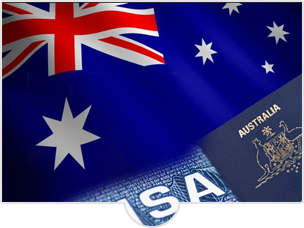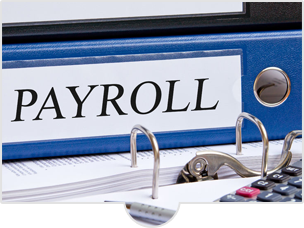Designing and formalising a favourable business structure is important to ensure that your business is not overwhelmed by excessive compliance obligations and the structure is tax efficient. We will determine what structure best meets your needs, establish the structure including company incorporation or branch registration.
A foreign company looking to establish and starting a business presence in Australia may choose to operate in Australia by registering a new Australian company or alternatively operate as a Branch and register the foreign company.

Australian company vs Branch – which is better?
Australian Company vs. Branch – Which is Better?
The preferred structure will depend on the investor’s particular facts and circumstances. Some points you need to consider are:
- Commercial perception: Compared to a branch, an Australian company may be perceived as a more permanent form of presence and a larger commitment to doing business in Australia. Local customers and clients may in some instance be more comfortable knowing that there is an Australian entity involved.
- Liability: An Australian company is a distinct legal entity and separate from its investors. One key advantage of an incorporated company is that it has a limited liability. A branch on the other hand is an extension of the foreign parent operating in Australia. The liability of a branch extends to its parent.
- Taxation: The income tax rate applicable to a branch is 30%. Companies with a turnover of less than $10 million are taxed at 27.5%. The income tax rate is 30% if the turnover exceeds $10 million. A major issue with a branch lies in determining what its Australian taxable income is. Frequently, apportionment of income and expenses will be required, leading to a less precise calculation and a potential for challenge by the Australian Taxation Office (ATO). Operating via a company reduces income and expenditure allocation issues that are generally associated with a branch structure. An investor also needs to consider what structure best suits them from their home-country tax point.
- Exit: A company has to go through a formal process to wind up operations. The winding up process is relatively straightforward for a company that is not operational at the time of winding up and does not have any assets or liabilities. A branch does not have to go through a winding up process. It can cease operations and close.
- Financial information disclosures: A branch must file its annual accounts with ASIC (for the total operations not just Australia). The balance sheet, cash flow statement and profit and loss statement for the last financial year are required, as well as any other documents that the company is required to prepare by law in its place of origin, unless an exemption applies in its home-country. An Australian company may be eligible for an exemption to lodge its financial statements depending upon its size.
- Employment Visas: Different visa regulations apply for a company and a branch. In some instances, it may be easier for a branch to apply to be a sponsor to employ non residents on subclass 457 visas. There are also different visa compliance obligations for a branch and a company.
It is possible to transition from a branch to a company. However, this may attract tax and transaction costs and it is better to get it right the first time!










